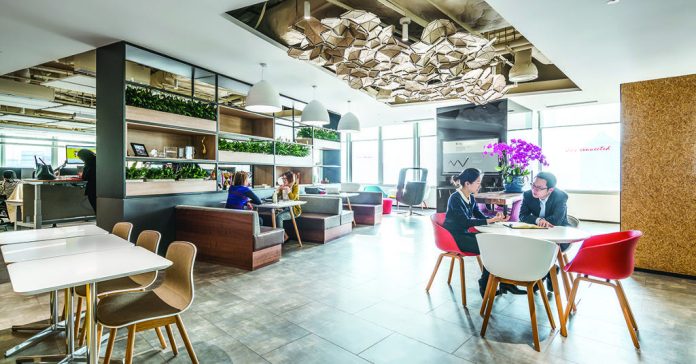Co-living, a term used to describe a living arrangement that is something more than shared space, in growing in Asia, especially in China and Hong Kong.
Typically, a co-living facility will offer tenants small rooms but also shared facilities such as a TV room or a gym.
There is also a social aspect; some facilities have a manager who will organise events. As well as convenience and community, co-living facilities also claim to offer cheaper rent than an individual apartment.
Hong Kong is seeing a growing number of co-living developments – unsurprisingly given its status as the world’s most expensive housing market.
Young workers face the prospect of living with their family until they can afford to buy a small flat; ‘small’ often means less than 200 square feet.
At present, some developments described as co-living are no more than upmarket dormitories for budget-conscious students, while others are just shared apartments with different branding.
However, Denis Ma, Head of Research at JLL Hong Kong, says:
“Though current schemes in Hong Kong are built around affordable housing, there are some really interesting projects that will be opening soon where the communal space is quite significant and the operator has hired an activities officer to bring residents closer together.”
Recent co-living developments include Gaw Capital’s Campus Hong Kong in Tsuen Wan, which offers a gym and pool as well as common areas in a 12 storey building and SynBOX in Hung, M-Living in Wong Chuk Hang, which offers tiny (80-100 square foot rooms) with shared common areas, inclusive bills and cleaning facilities. Campus Hong Kong’s extra facilities do not come cheaply: a private room costs HK$20,000 per month.




